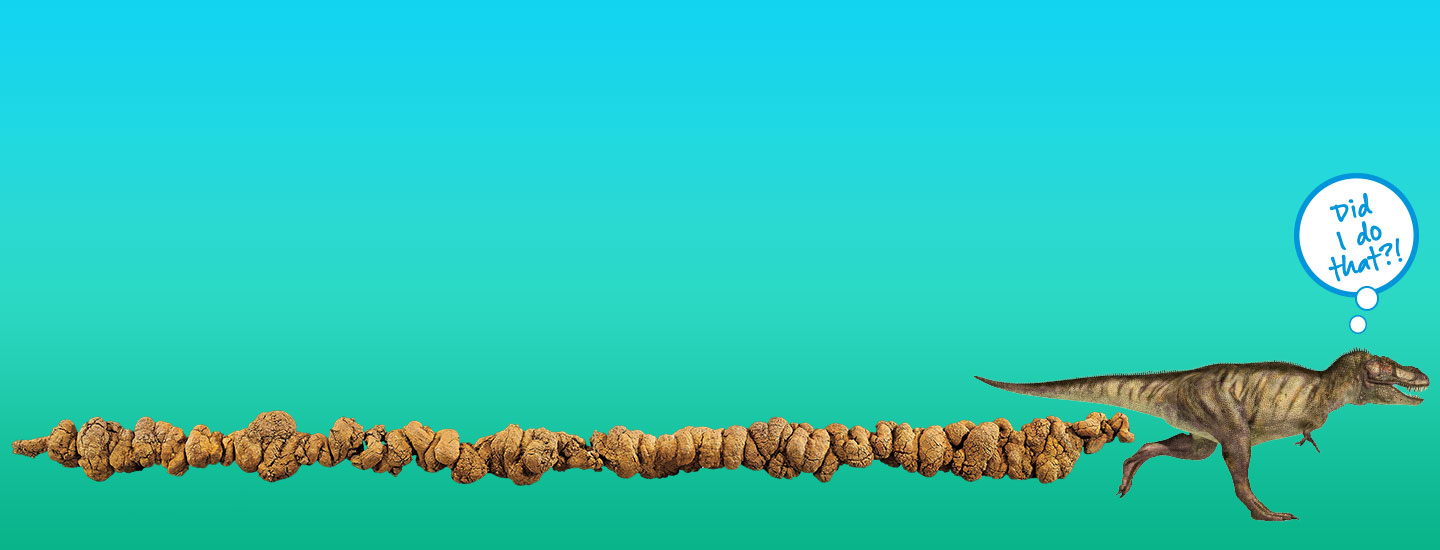You can’t go to a natural history museum without seeing at least one enormous dinosaur skeleton on display. Although fossils of dinosaurs like T. rex are huge attractions, scientists have found fossils of many other things—some of which may surprise you!
If you’ve ever been to a natural history museum, you’ve probably seen an enormous dinosaur skeleton on display. Fossils of dinosaurs like T. rex are a popular attraction. But scientists have also found fossils of many other things—some of which may surprise you!

